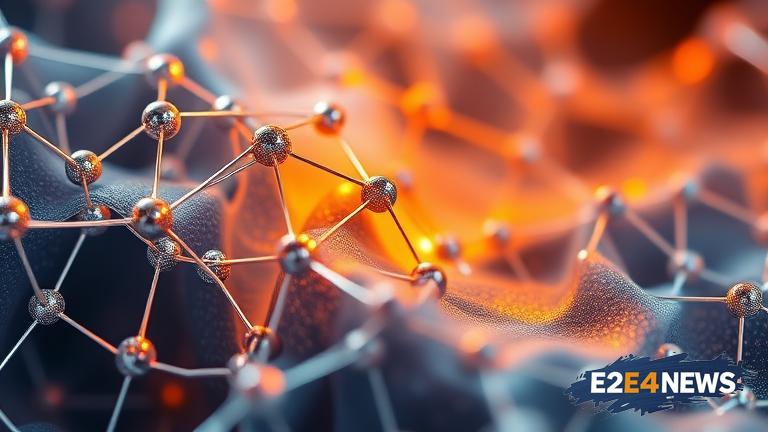A team of researchers has made a groundbreaking discovery in the field of materials science, successfully developing a hybrid method to produce graphene of unprecedented quality. This innovative approach has the potential to revolutionize various industries, including electronics, energy, and aerospace. Graphene, a highly sought-after material, is renowned for its exceptional strength, conductivity, and flexibility. However, its production has long been hindered by limitations in existing methods, which often result in defects and inconsistencies. The new hybrid technique combines the benefits of different production methods, yielding graphene with improved crystallinity and reduced defects. This breakthrough is expected to have a significant impact on the development of cutting-edge technologies, such as high-performance electronics, advanced composites, and energy storage systems. The researchers’ novel approach involves a synergistic combination of chemical vapor deposition (CVD) and molecular beam epitaxy (MBE), allowing for the growth of high-quality graphene on a large scale. The resulting material exhibits enhanced electrical and thermal conductivity, making it an ideal candidate for a wide range of applications. The hybrid method also enables the production of graphene with tailored properties, which can be optimized for specific uses. This level of control and customization is unprecedented in the field of graphene research. Furthermore, the new technique is expected to be more cost-effective and scalable than existing methods, paving the way for the widespread adoption of graphene in various industries. The potential applications of this revolutionary material are vast and varied, ranging from flexible displays and wearable electronics to advanced energy storage systems and biomedical devices. As research continues to advance, it is likely that new and innovative uses for graphene will be discovered, further solidifying its position as a key material in the development of emerging technologies. The breakthrough has significant implications for the global economy, as the demand for high-quality graphene is expected to increase exponentially in the coming years. Industries such as aerospace, automotive, and energy are likely to be among the first to benefit from the new hybrid method, as they seek to leverage the unique properties of graphene to improve performance, efficiency, and sustainability. The development of this novel technique is a testament to the power of interdisciplinary research and collaboration, as scientists and engineers from diverse backgrounds work together to push the boundaries of materials science. As the world becomes increasingly reliant on advanced technologies, the importance of innovative materials like graphene will only continue to grow. The future of graphene research holds much promise, with potential applications in fields such as quantum computing, biomedicine, and environmental sustainability. With the advent of this hybrid method, the possibilities for graphene-based technologies seem almost limitless, and it will be exciting to see how this breakthrough unfolds in the years to come. The researchers’ achievement is a significant milestone in the ongoing quest to harness the full potential of graphene, and their work is sure to inspire further innovation and discovery in the field. As the scientific community continues to explore the properties and applications of graphene, it is clear that this remarkable material will play an increasingly important role in shaping the future of technology. The impact of this breakthrough will be felt across the globe, as industries and economies adapt to the new possibilities and opportunities presented by high-quality graphene. In conclusion, the development of this hybrid method marks a major turning point in the history of graphene research, and its implications will be far-reaching and profound.
